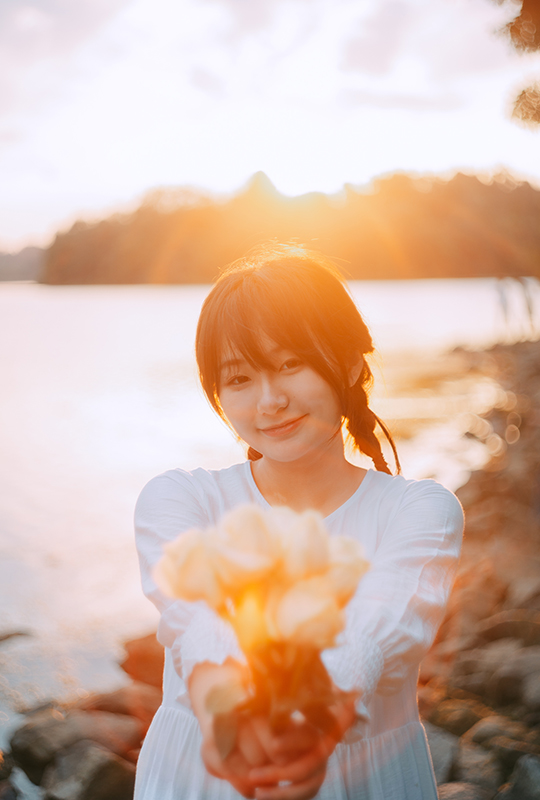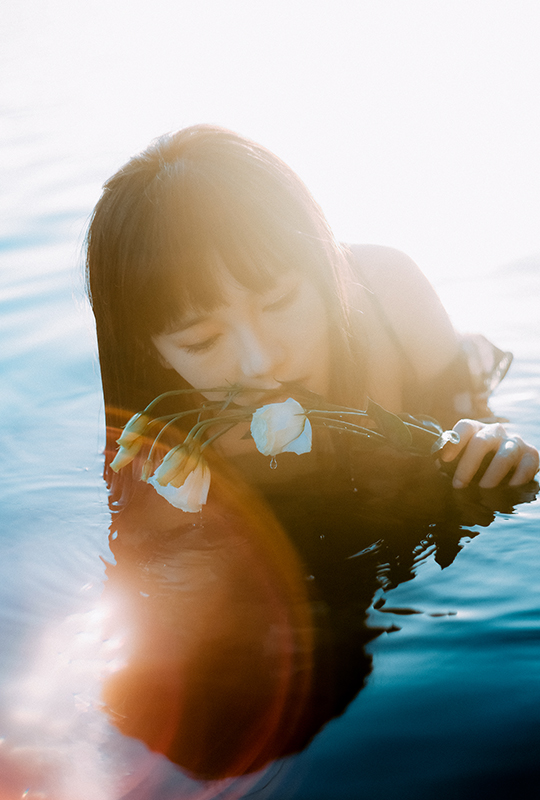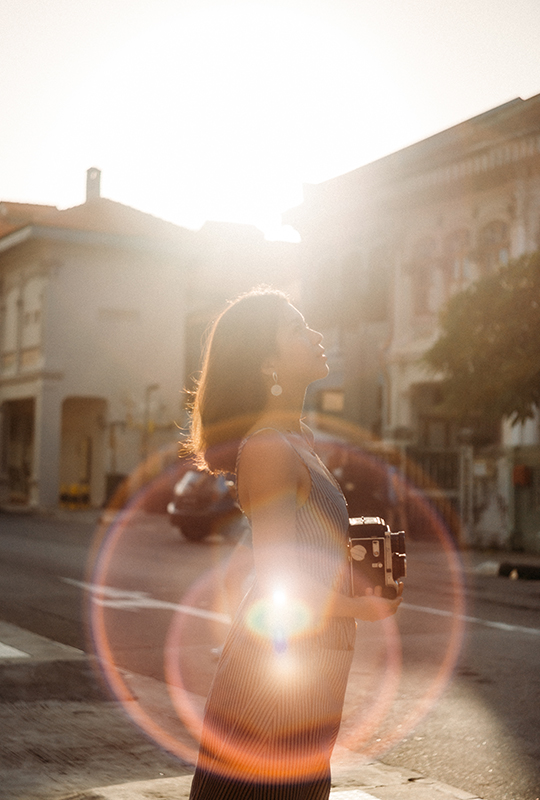Lens flare is something that camera and lens makers try to avoid because of potentially unflattering colour spills in your photos. But if you know how to apply it properly and control it, lens flare can heighten the dramatic effect in your pictures or add a pinch of realism to your shots. This is why in movies, filmmakers such as Michael Bay may deliberately add lens flare in certain scenes.
What causes lens flare?
Lens flare is created when light bounces off the internal surfaces of lenses at certain angles, and this reflection causes the flare. With improving technology, anti-reflective coatings on lenses are extremely effective at reducing flare to a minimum. Older lenses with less effective lens coating are more susceptible to lens flare, which is why some photographers actively seek out certain old optics just to get the look created by the flare.
With that being said, how can you deliberately create lens flare like in the examples that professional photographer, Elvin, has shared in this article?

EOS 6D, Vintage Lens, ISO 100, 1/160s
Tip 1: Shooting into the light
By positioning your subject in front of a large, bright light source such as the sun, you may be able to get lens flare around the edges of the subject where the light is being blocked. An alternative to this would be to place a Speedlite behind your subject and set the flash’s zoom setting to its widest so the light will cover a larger area.
One thing to note is that continuous exposure of strong lighting (such as the sun) to the camera’s sensor may shorten its lifespan, especially with mirrorless cameras where the sensor is activated all the time.

EOS 6D, Vintage Lens, ISO 125, 1/800s
Tip 2: Shooting angle
Now, this may be a bit tricky as it involves some trial and error, but try to shoot your subject at different angles to allow the light rays to reach the lens from different gradients. Once you find the sweet spot for lens flare, you can continue shooting. For maximum effect, you can combine this tip with tip 1 above.
Some lenses may come with a lens hood, which helps to block stray light from entering the lens. But in the case of trying to get flare from your lens, you should remove the lens hood to increase your chances.

EOS 6D, Vintage Lens, ISO 100, 1/2500s
Tip 3: Choice of lenses
Your choice of lens will also affect your chances of getting lens flare. As mentioned earlier, older lenses with less effective anti-reflective coating have a tendency to create lens flare more easily.
If you don’t have access to an old lens, a zoom lens may work just as well, considering that it has more optical parts, creating more surface area for light to reflect. Certain wide-angle and telephoto zoom lenses with more complex lens structures may let you create lens flare very easily.
If you have an ND or graduated ND filter on the lens, you should remove it as it blocks light, which may hinder your chances of achieving lens flare.
Even though there are apps and software that can let you add lens flare effects into your images, some may not work as well. For example, the colour gradient of the flare or their shapes and tones may not match your photo. Getting it right in-camera, however, can be a satisfying process and helps to create a more organic look to your shot. Give it a try!
For similar articles:

































